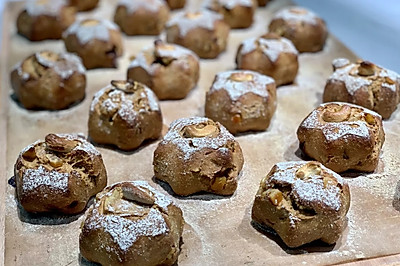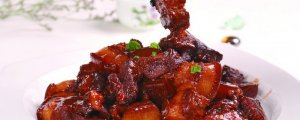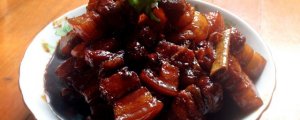
Bread is something new
(85392 views)
Build a recipe of theoretical knowledge of bread making. When you encounter useful, you will update it at any time. I hope it will help you all. Welcome to communicate with you. Solo music is not as good as all music. Let's discuss and make delicious bread together. The pictures are all taken by myself. The words are also hand printed. Some are online excerpts. They are generally marked out. Some are my own experience.
Cooking ingredients
Cooking Steps

Step1:[the standard to identify a good bread's internal tissue] - the toast's appearance is golden, upright, not crooked and not stopped. Its skin is thin and soft. Internal structure - small pores, no precipitation at the bottom of the toast, silk like luster, thin pore wall, micro elongated pores, even. When touched by hand, it is soft, smooth and elastic. White toast pursues the above standards. English toast, dry toast with dried fruit and dried meat, wheat with bran and other toast organizations will be coarser, and there will be some pores inside. However, it is worth noting that it should be treated differently from rough toast with pores when fermentation is excessive.

Step2:[basic process of bread making] - Basic Fermentation - the optimal fermentation environment is 2829 degrees, the humidity is 75%, and the dough volume is about 22.5 times larger. Split roll - splits the roll according to the weight of the bread. Intermediate Fermentation - let the round dough relax and produce gas. The surface should not be skinned or over fermented. It takes about 1015 minutes. Shaping - if the roll is rolled twice, and the first shaping is completed, the roll can be rolled for the second time only after another intermediate fermentation [relaxation as we usually say]. Finally, the optimal fermentation temperature is 38 ℃ and humidity is 85%. [usually put it in a sealed space, such as a microwave oven or oven, and then put a small bowl of water to ensure its humidity]. Baking - oven temperature before baking. Preheat to the desired baking temperature of the product. Cooling - the toast product should be demoulded as soon as it comes out of the oven. All kinds of bread can be packaged to prevent aging when it is cooled to a central temperature of 3842 ℃.

Step3:[direct method] - 1. Add all materials (except cream) together and stir (pay attention to the water temperature when stirring) to prevent yeast and sugar from being added together with salt to prevent affecting yeast activity. 2. Mixing into dough and picking up stage (dough in picking up stage is rough and wet, inelastic and malleable) 3. Mixing until moisture is completely absorbed and rolled up stage (dough surface in rolling stage is not smooth and a little wet, and it is easy to break if it is pulled by hand) 4. Adding grease after water in dough is absorbed. Slowly mixing until grease is completely absorbed and extended. (the dough in the expansion stage cannot form a very transparent film when it is spread by hand. When it is torn, it is zigzag. The dough surface is smooth and elastic.) 5. Continue mixing to full stage

Step4:

Step5:

Step6:

Step7:

Step8:

Step9:

Step10:

Step11:

Step12:

Step13:

Step14:

Step15:

Step16:
Cooking tips:There are skills in making delicious dishes.
 Chinese Food
Chinese Food












